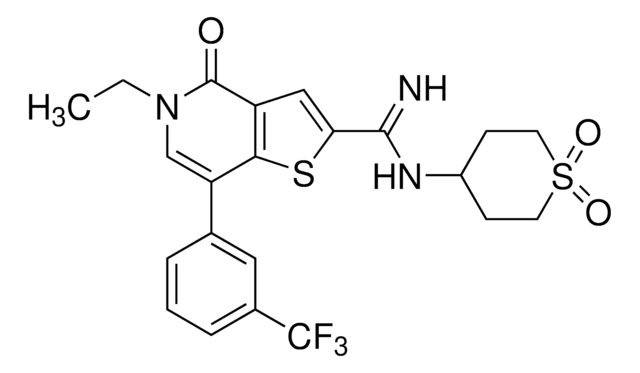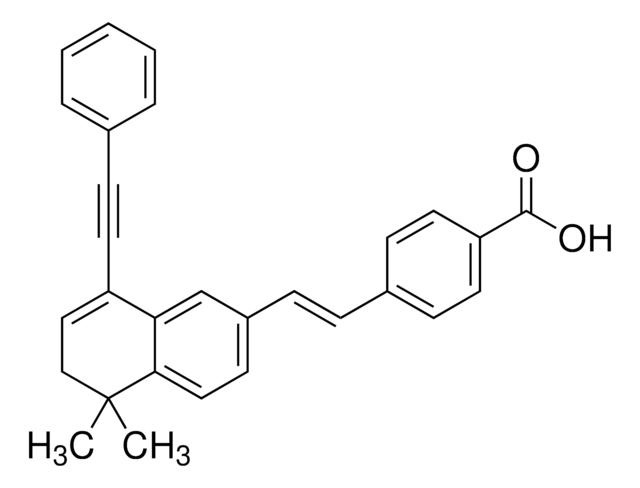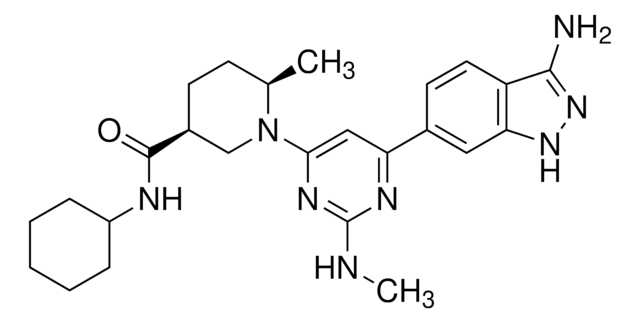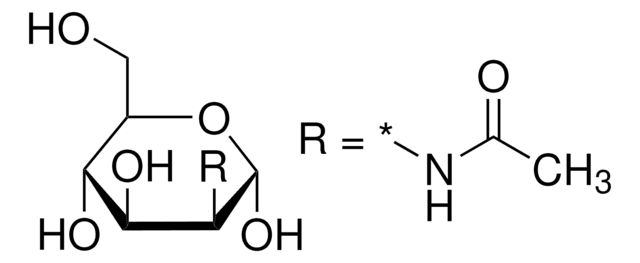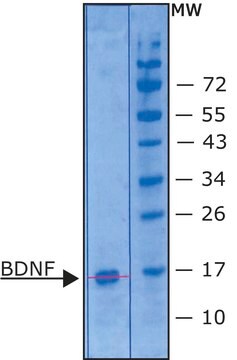V900232
Piruvato sódico
Vetec™, reagent grade, 98%
Sinónimos:
αÁcido α-cetopropiónico sodium salt, Ácido 2-oxopropanoico sodium salt, Ácido pirúvico sodium salt
About This Item
Productos recomendados
grado
reagent grade
Línea del producto
Vetec™
Análisis
98%
mp
>300 °C (lit.)
grupo funcional
ketone
temp. de almacenamiento
2-8°C
cadena SMILES
[Na+].CC(=O)C([O-])=O
InChI
1S/C3H4O3.Na/c1-2(4)3(5)6;/h1H3,(H,5,6);/q;+1/p-1
Clave InChI
DAEPDZWVDSPTHF-UHFFFAOYSA-M
¿Está buscando productos similares? Visita Guía de comparación de productos
Información legal
Palabra de señalización
Warning
Frases de peligro
Consejos de prudencia
Clasificaciones de peligro
Eye Irrit. 2 - Skin Sens. 1B
Código de clase de almacenamiento
13 - Non Combustible Solids
Clase de riesgo para el agua (WGK)
WGK 1
Punto de inflamabilidad (°F)
Not applicable
Punto de inflamabilidad (°C)
Not applicable
Certificados de análisis (COA)
Busque Certificados de análisis (COA) introduciendo el número de lote del producto. Los números de lote se encuentran en la etiqueta del producto después de las palabras «Lot» o «Batch»
¿Ya tiene este producto?
Encuentre la documentación para los productos que ha comprado recientemente en la Biblioteca de documentos.
Los clientes también vieron
Nuestro equipo de científicos tiene experiencia en todas las áreas de investigación: Ciencias de la vida, Ciencia de los materiales, Síntesis química, Cromatografía, Analítica y muchas otras.
Póngase en contacto con el Servicio técnico
